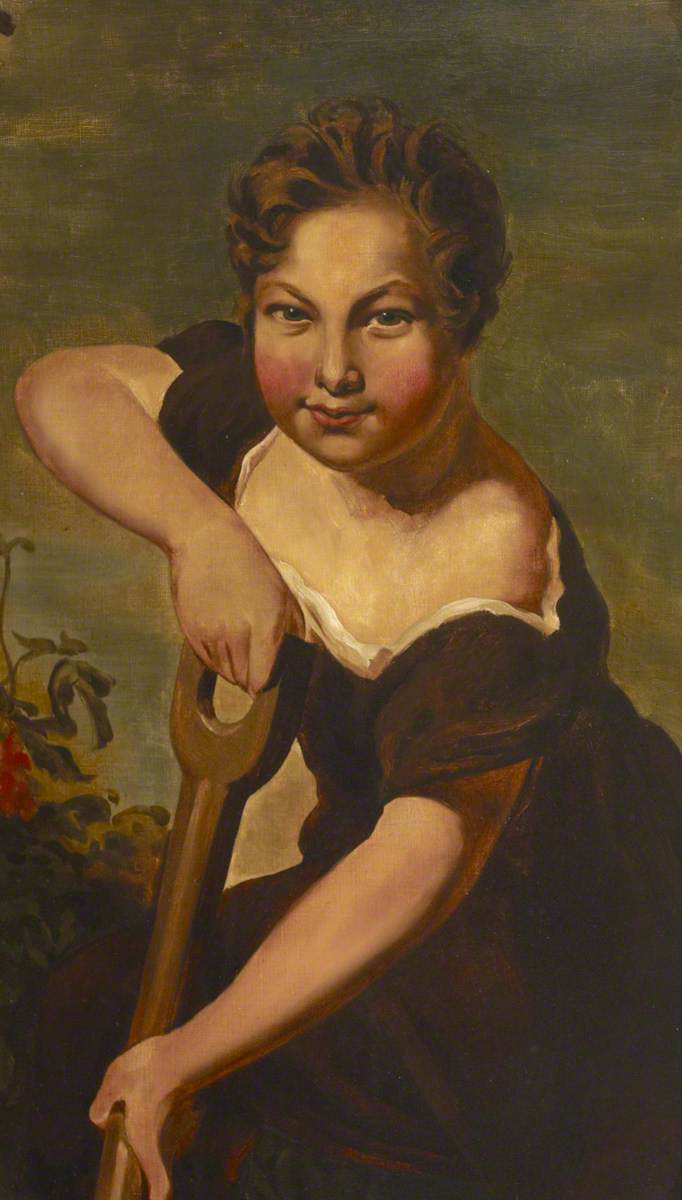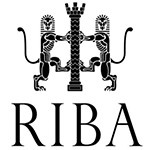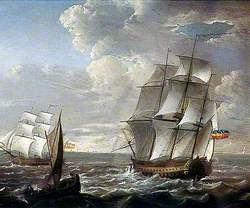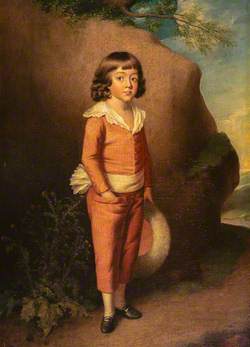How you can use this image
This image can be used for non-commercial research or private study purposes, and other UK exceptions to copyright permitted to users based in the United Kingdom under the Copyright, Designs and Patents Act 1988, as amended and revised. Any other type of use will need to be cleared with the rights holder(s).
Review the copyright credit lines that are located underneath the image, as these indicate who manages the copyright (©) within the artwork, and the photographic rights within the image.
The collection that owns the artwork may have more information on their own website about permitted uses and image licensing options.
Review our guidance pages which explain how you can reuse images, how to credit an image and how to find images in the public domain or with a Creative Commons licence available.
Notes
Add or edit a note on this artwork that only you can see. You can find notes again by going to the ‘Notes’ section of your account.
Augustus Welby Northmore Pugin (1812–1852) was the son of the French draughtsman Augustus Charles Pugin (1769–1832). A precocoious child, he was already designing furniture for Windsor Castle when barely into his teens. After his conversion to Roman Catholicism in 1833 he wrote several books on architecture demanding the use of Gothic as the only appropriate style of architecture for a Christian country, which continued to influence architects for the rest of the nineteenth century. He designed schools and country houses, of which the most important was Alton Towers, Staffordshire (1840) but his most important works were ecclesiastical and almost all Catholic. His most important joint commission was the Palace of Westminster, begun in 1840, with Sir Charles Barry.
Title
Augustus Welby Northmore Pugin (1812–1852)
Date
c.1820
Medium
oil on canvas
Measurements
H 66 x W 40 cm
Accession number
PCF77
Acquisition method
unknown acquisition method
Work type
Painting





